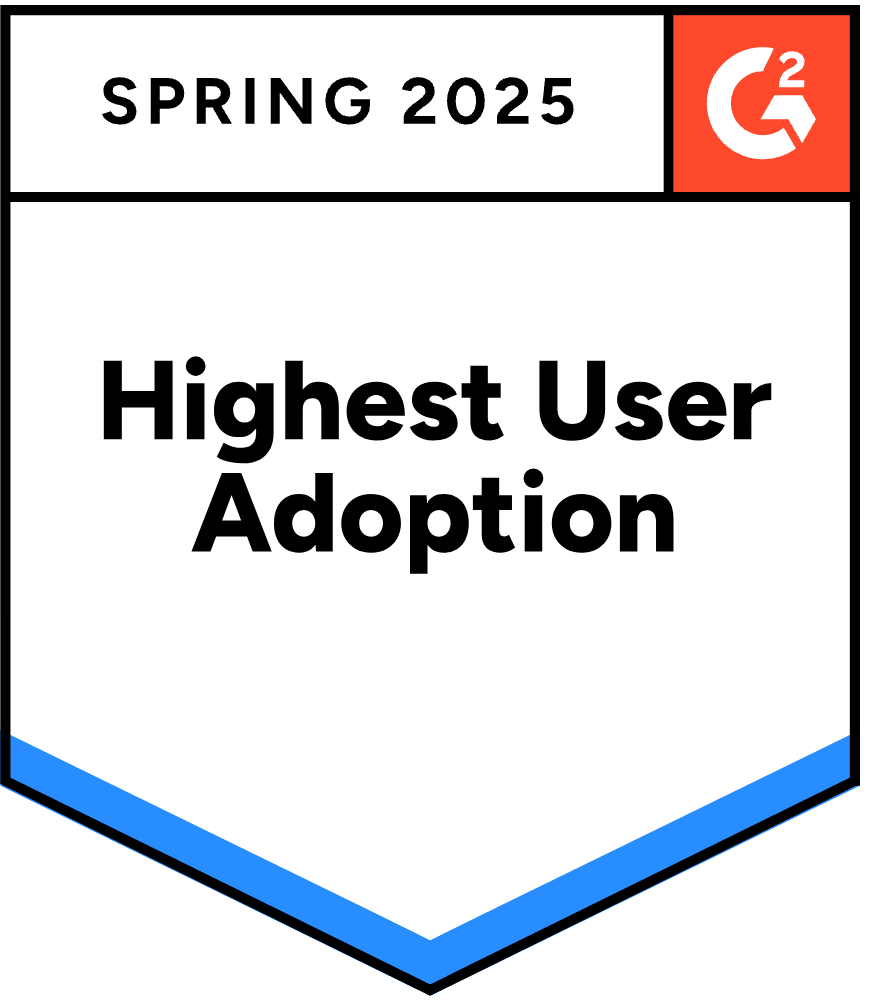
Anthony Iannarino is a highly respected international speaker, bestselling author, entrepreneur, and sales leader specializing in complex B2B sales. Throughout his career, Anthony has helped people in a wide variety of industries and markets think through and overcome their biggest business challenges. His greatest strength is in getting others to build consensus around what must change, and identify the resources within themselves that will drive positive results. We had the chance to get Anthony’s insights into the world of sales and marketing and how they’re interconnected.
Q: As a renowned keynote speaker and author, what first sparked your interest in sales and what was your journey to get to where you are now?
Anthony: I was never really interested in sales. In fact, I believed salespeople were pushy, smarmy, manipulative, and self-oriented. Naturally, that was based on a sample size of one or two car salesmen. When I started working in the family business, I was directed to call people to see if I could help them. A few years later, I found myself in Los Angeles working for a staffing firm. My manager realized I had won more clients in an operational role than the salespeople had won in a pure client acquisition role. He forced me into outside sales, and as it turns out, I had a knack for it.
A few years later, after a brain surgery, I found myself back in my family’s business, where I was again in outside sales, then the sales manager, then the Vice President of Sales, and then President and Chief Sales Officer. I started writing the blog in 2009, and the speaking and books followed on not too much later.
Q: Sales and marketing have become increasingly intertwined in the past few years. How do you define their relationship today?
Anthony: It’s complicated. What sales organizations want from marketing is qualified leads. What salespeople believe that means is “ready to buy” leads. But the truth of the matter is that if you had “ready to buy” leads, you wouldn’t need salespeople. What sales needs and marketing fails to deliver is content that helps the salesperson create the case for change.
Marketing needs to develop the insights and ideas that help their prospective clients discover something about themselves, namely that they should be doing something different. What marketing needs from sales is the willingness to take client where they find them. If they aren’t ready to buy, help get them ready and move them to action.
Q: The connection between sales and marketing can be tricky at times. What tips do you typically give companies for these departments to work in unison?
Anthony: I had a professor at Harvard Business School that insisted that sales is part of the marketing function, it being one go-to-market-choice. I argued that marketing is part of the sales function, because no company measures their results in marketing, they measure their results in sales—a result that marketing helps to enable.
I believe that the best things sales and marketing can do is to get very clear on the outcomes they need to produce together. Arguing over what is a marketing qualified lead isn’t as helpful as deciding what kind of messaging your prospective clients need at stage of the sales conversation (or buyer’s journey, in marketing speak). Developing the strategies to help differentiate your company’s view and values in a crowded field is how you capture mindshare, the way your prospects think about their business.
More communication and focus on client acquisition as a problem sales and marketing need to solve together can enable better results.
Q: What advice do you give B2B companies when they’re defining lead-generation strategies?
Anthony: I spoke to a small group of salespeople earlier this year. They were thrilled that two of their dream clients had downloaded a white paper, giving them access to their email address. I asked them why they hadn’t reached out and called their dream clients, knowing they had something that would benefit them and save them hundreds of thousands of dollars.
Leads are good. Targets are better. Marketing can help message dream clients, develop stakeholder maps, create the content that allows both sales and marketing to nurture relationships and start shaping the client’s thinking. If marketing put more effort into an Account-Based Sales and Marketing approach, those same strategies could be modeled to develop leads.
Q: How do you manage your own personal brand? What kinds of metrics or benchmarks are important to you?
Anthony: I am a content marketer. My blog has something like 3,900 individual posts. I have always endeavored to build my brand on practical, tactical, actionable content for salespeople, sales leaders, success-minded people, and those who care about doing meaningful work. In a world full of negativity, I want everything I write to be positive and helpful—and not divisive.
The metric that is most important to me is impact, and that is evidenced by the number of emails and LinkedIn messages I receive from people who share with me how something I wrote or recorded help them.
We measure the growth of my newsletter list as one way to determine if our strategy is working. We also look at our overall traffic, what gets shared, and how many readers we retain. Right now, 80,000 people subscribe to the newsletter, and over 116,000 people have subscribed to my daily blog post by email or RSS feed. The willingness to continue to stay connected is a good indication we are creating value.

Anthony Iannarino is a speaker, author, and teacher. His latest book is Eat Their Lunch: Winning Customers Away from Your Competition, and he publishes a daily blog post at www.thesaslesblog.com.





